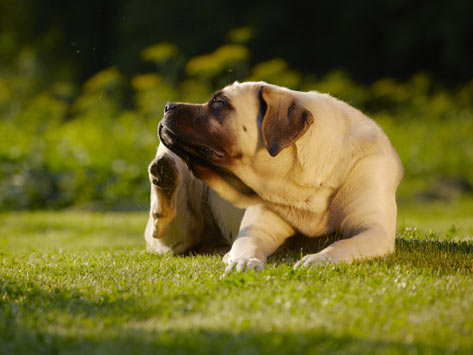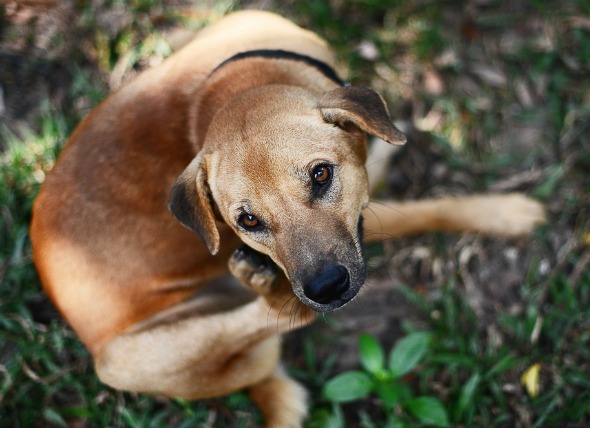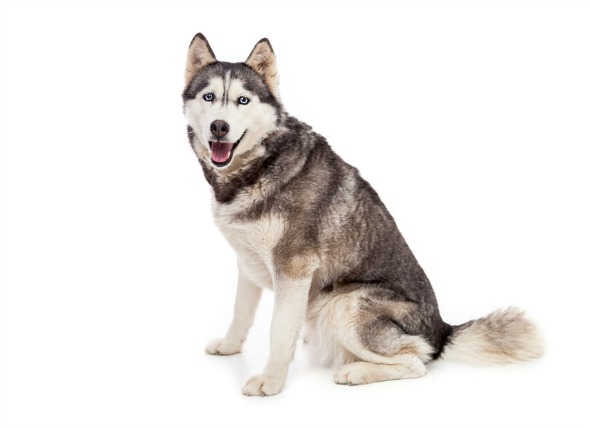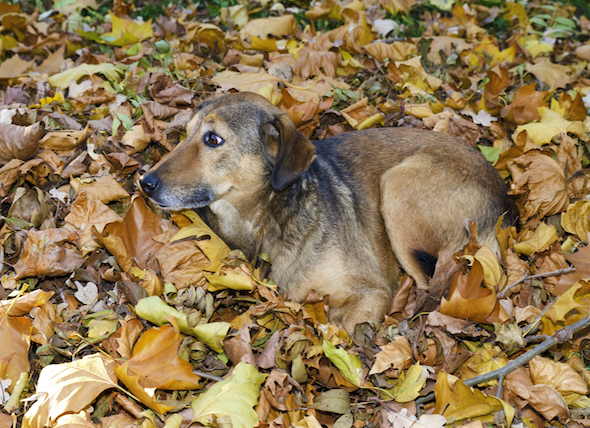

Separation anxiety in dogs commonly results in destructive or otherwise inappropriate behavior when an owner leaves the pet or is not in close proximity to it. Behaviors that may be seen include vocalization, destroying objects, digging, or even depression. However, these behaviors may also be due to other conditions or environmental cues. Therefore, it is important for the behaviorist or veterinarian to obtain the dog's history before attributing separation anxiety as the primary or sole cause of the behavior.
Separation anxiety causes some pets to be extremely destructive while their owners are away. Typically, separation anxiety occurs during the first hour of the owner leaving. They may also vocalize, attempt to follow the owner, or defecate or urinate in the house. Some dogs will stop eating, act depressed, hide, whine, or pant. These dogs will usually behave in an excessively excited manner when the owner returns home.
Other behavioral conditions may mimic separation anxiety, so it is important to analyze the symptoms and history of the dog. There may be underlying medical issues, so seeing a veterinarian is an important step. Also, young animals may have other reasons for similar behaviors. For example, teething kittens may need appropriate things to chew on or may not be fully housetrained and may not truly be experiencing separation anxiety.
Separation anxiety is based on fear. It is important to assure the dog that it is safe when the owner is not present and that the owner will return. Behavioral and environmental modification is important. By gradually eliminating the dog’s fear and fostering a sense of safety for the pet, many behaviors can change. The first step is to assess the current environment and behaviors:
Environmental changes like rotating different toys, adding more interactive toys, and gradually getting the dog used to a crate or other type of environment can help. Behavioral changes start with cues from the owner. A change or elimination of the routine when an owner leaves or returns home may help. It is important for the pet to stay calm before an owner leaves and when the owner comes home.
Behaviors take time and consistency to change, so consulting with a behaviorist or experienced trainer can make a significant difference in the success of the training. Antidepressants or anti-anxiety drugs (anxiolytics) can be given to dogs with separation anxiety, but should not be relied on as the sole treatment for separation anxiety.
Being consistent when trying to change separation anxiety behaviors is critical. If behavioral symptoms do improve, an owner may be able to taper the amount of medication given and potentially discontinue using medications after a period of time. Other options that might work if behavioral and environmental modification do not help include doggy day care or a pet sitter.
 Flea Control and Flea Bite Allergies in Dogs
Flea bite hypersensitivity and flea allergic dermatitis
Flea Control and Flea Bite Allergies in Dogs
Flea bite hypersensitivity and flea allergic dermatitis
 Yeast Infection and Thrush in Dogs
Candidiasis in Dogs
Candida is a type of su
Yeast Infection and Thrush in Dogs
Candidiasis in Dogs
Candida is a type of su
 Diarrhea Due to Clostridium perfringens in Dogs
Clostridial Enterotoxicosis in Dogs
Clostridial e
Diarrhea Due to Clostridium perfringens in Dogs
Clostridial Enterotoxicosis in Dogs
Clostridial e
 Shoulder Joint Ligament and Tendon Conditions in Dogs
Bicipital Tenosynovitis, Brachii Muscle Rupture, and Sup
Shoulder Joint Ligament and Tendon Conditions in Dogs
Bicipital Tenosynovitis, Brachii Muscle Rupture, and Sup
 Tapeworms in Dogs
Cestodiasis in Dogs
Cestodiasis is the medical te
Tapeworms in Dogs
Cestodiasis in Dogs
Cestodiasis is the medical te
Copyright © 2005-2016 Pet Information All Rights Reserved
Contact us: www162date@outlook.com